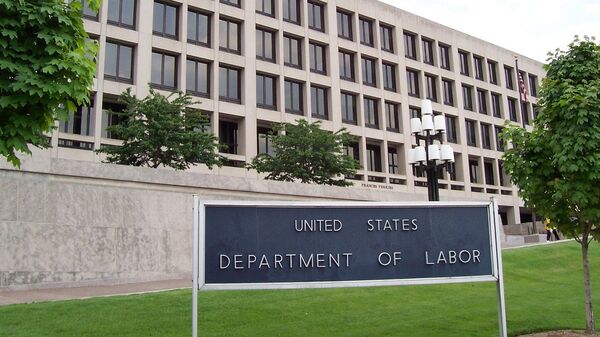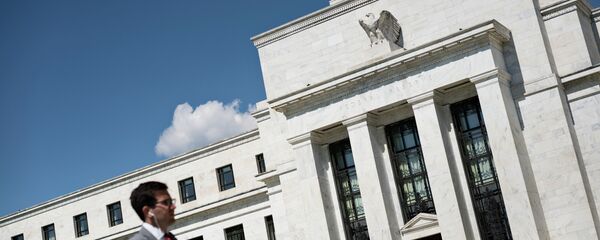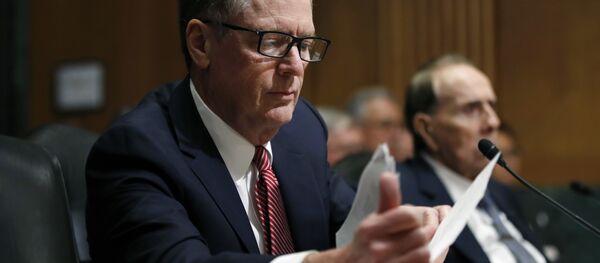Kristian Rouz — The pace of US job creation gained momentum last month as a result of quicker GDP growth in the second quarter and labor shortages across several sectors of the economy. Lower unemployment and higher demand for skilled workers pushed average wage gains up nationwide, however, the redistribution of these gains were uneven, with some industries lagging behind.
According to a new report from the Labor Department, the US economy is running out of available workforce, with the unemployment rate falling to its lowest since 2001 and wage growth hitting its fastest since 2009. The report suggested that the US is likely bracing for a spike in inflation and yet another hike in Fed interest rates.
Economists say the ongoing decline in unemployment rate was inspired by the $1.5-trillion tax cuts implemented by the GOP and President Donald Trump last December. Additionally, economic deregulation and an increase in corporate profits allowed private-sector companies to ramp up their workforce investment, producing modest gains in wages.
READ MORE: Washington Uses the Dollar When It Wants to Punish a Country — Lavrov
US salaries and wages rose 2.9 percent year-on-year in August.
"With the tax cuts and spending increases creating a sugar high, there is little reason to expect labor demand to moderate over the rest of this year or even in the first half of next," Joel Naroff of Holland, Penn.-based Naroff Economic Advisors said.
Despite the upbeat figures, there is still some concern lingering over the path of economic rebound in the US. According to Shadowstats, its broadest measure of US unemployment decreased to 21.2 percent in August from 21.3 percent the previous month — the figures reflect those formally outside of the labor participation pool, yet supposedly seeking employment in one form or another.
Meanwhile, the US economy added 201,000 non-farm jobs last month, posting a 95th consecutive month of gains — the longest period of expansion on the record.
READ MORE: Looming $200bn US Tariffs on China to Hurt American Consumers First — Report
"The job market is hot. Employers are aggressively competing to hold on to their existing workers and to find new ones. Small businesses are struggling the most in this competition, as they increasingly can't fill open positions," Mark Zandi of Moody's Analytics said.
Analysts have expressed concern at the still modest gains in worker compensation despite the accelerating GDP, rising inflation and a tighter labor market. Hourly pay only gained 2.7 percent year-on-year — whilst historically, the figure was up to 4 percent at unemployment levels this low.
The Trump administration said salaries and wages have risen quicker this year than the official data show; however, some experts doubt it.
"Wages aren't yet rising fast enough to scare the Fed, but (there is) the expectation that further gains are in the pipeline, given the lag from falling unemployment," Ian Shepherdson of Pantheon Macroeconomics said. "Unemployment was unchanged in August, but the monthly data are very erratic and the trend is still falling."
READ MORE: 'Trump Sees Trade as Game in Which a Country Wins and a Country Loses' — Prof
All this suggests that the US economy is very gradually shifting gears towards a quicker and a more balanced expansion. As of now, structural discrepancies and unequal growth across various sectors of the economy are still weighing on the supply-side expansion, holding back any visible gains in household incomes and consumer demand — the key drivers of US GDP growth.







